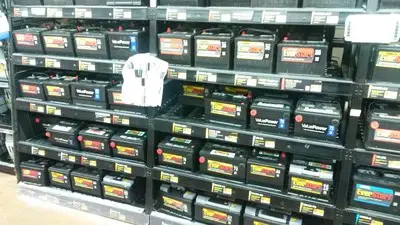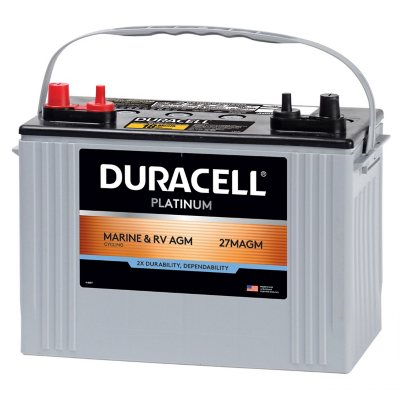Don't forget to consider environmental temperature extremes for LFP - if it freezes there you need a battery/bms that will terminate charging.
AGM doesn't have that restriction. AGM's are more or less bulletproof - can be mounted at any orientation, won't spill, don't need water, are vibration proof, and low self discharge. They're great for a racing boat or offroad crawler. For general use I don't think they're any batter than FLA or SLA. They still only offer 50% discharging, and still wear out, although tend to outlast these latter two. They're also about twice the cost. LFP ends up being three times the cost, or more, but last two to four times as long.
AGM doesn't have that restriction. AGM's are more or less bulletproof - can be mounted at any orientation, won't spill, don't need water, are vibration proof, and low self discharge. They're great for a racing boat or offroad crawler. For general use I don't think they're any batter than FLA or SLA. They still only offer 50% discharging, and still wear out, although tend to outlast these latter two. They're also about twice the cost. LFP ends up being three times the cost, or more, but last two to four times as long.




